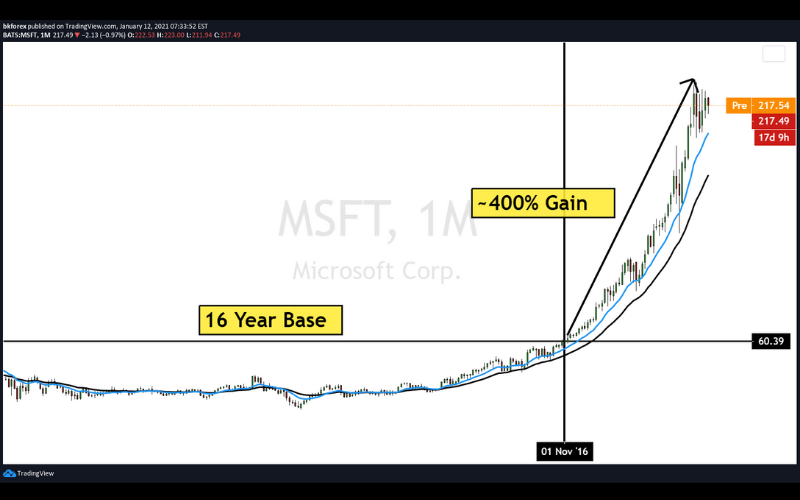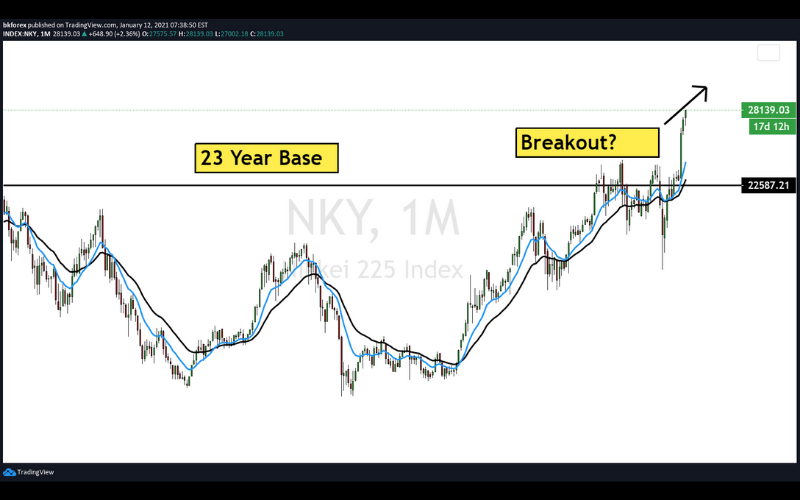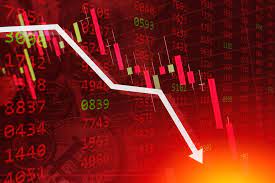
Investors may need to jog their memory to the high school reading of Jonathan Swift’s Gulliver’s Tales to remember who the Brobdingnagians were – but is well worth it.
In Swift’s satirical tale, the Brobdingnagians were gentle giants whose moral stature was as large as their physical presence. In modern day financial parlance the term has been adapted by John Roque in the early 2000s to refer to a monster price base in the chart of a stock or a commodity.
The Longer the Base The Bigger The Trade
One of the key dictums of technical analysis is the longer the base the bigger the trade. The idea is that if a security has consolidated for a very long time and then suddenly breaks out to the upside then something fundamental has changed that could lead to massive gains over the near term horizon. The term Brobdingnagian base therefore refers to consolidations that take years in the making and that can then lead to tremendous profits for those investors savvy enough to notice the change.
#MSFT – 400% Runner
The classic example of the past decade was #MSFT which spent a better part of fifteen years essentially treading water, but in 2016 broke out to fresh highs and has nearly quadrupled since.

The principal signature of the Brobdingnagian base is a multi-year consolidation pattern that begins to resolve to the upside. Presently the single clearest picture of the Brobdingnagian base is in the Nikkei which has been in a multi-decade bear market after one of the greatest bubbles in the history of mankind. The current structure suggests that after decades of chop the Nikkei may be finally ready to make another run at the all-time highs set in 1989.
#EWJ – Nikkei The Next Big Trade?

It’s difficult to find the strong fundamental reasons to be long Japan, given the country’s perennial problems with deflation and aging demographics. But the BB pattern is strictly a technical pattern and the reasons for the bull move may only become clear in retrospect.
3 Reasons to Buy The Nikkei
For those looking for fundamental foundation for the trade, Katie Koch of Goldman Sachs Asset Management cites three reasons to be bullish the Nikkei
- Best balance sheets in the world – 53% of Japanese companies are net cash positive versus just 17% in US
- Japan remains very cheap on a relative basis while vastly improving profitability after changes in corporate governance.
- Massive lead in robotics technologies -which could be the dominant labor force in the industrialized world over the next several decades putting Japan at the cutting edge of this trend.
Regardless of the reasons, the Nikkei is a prime candidate for this type of trade and could offer huge investment gains over the next several years.









